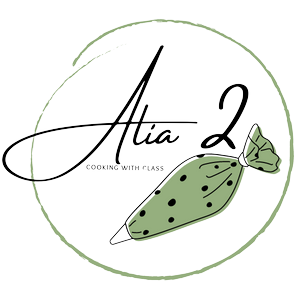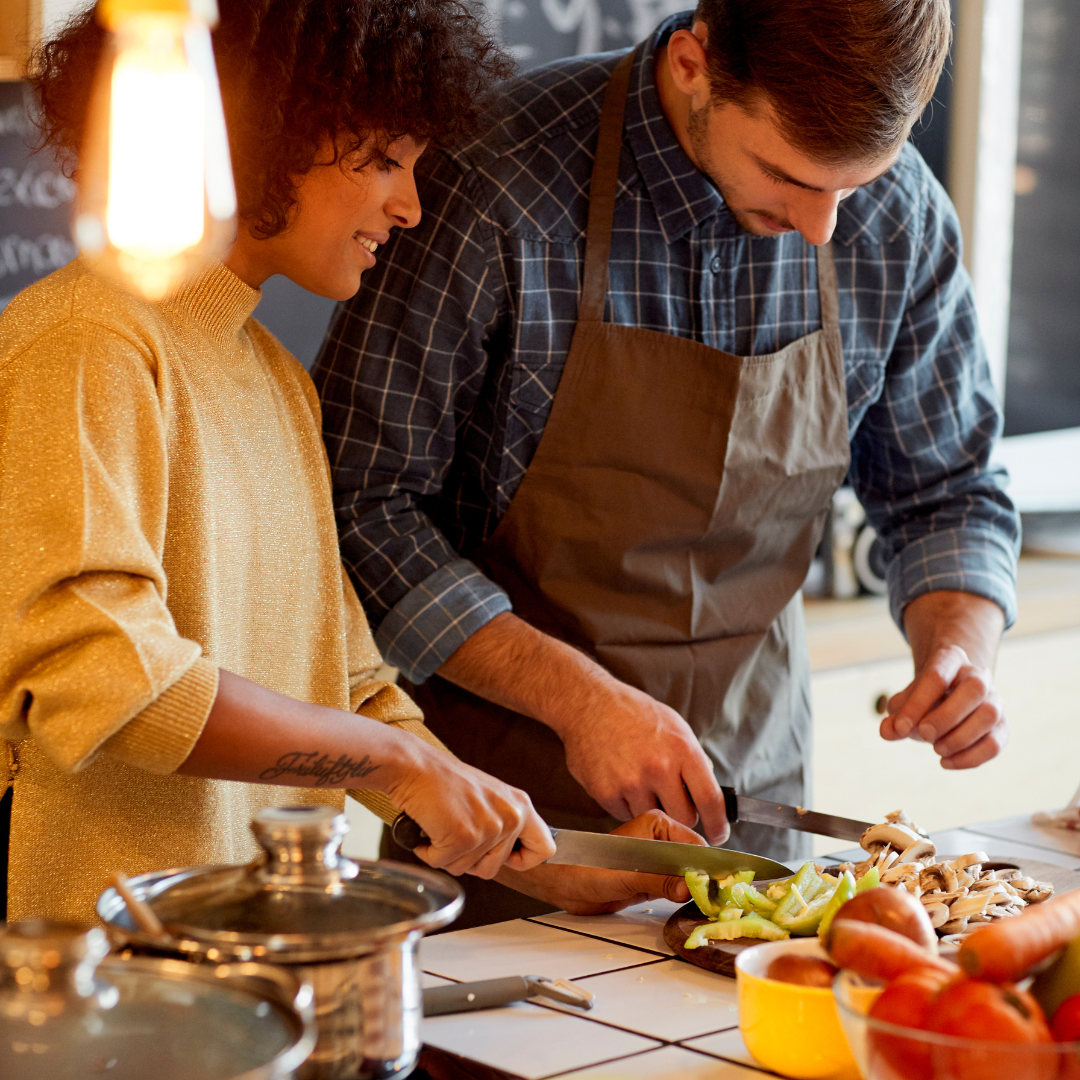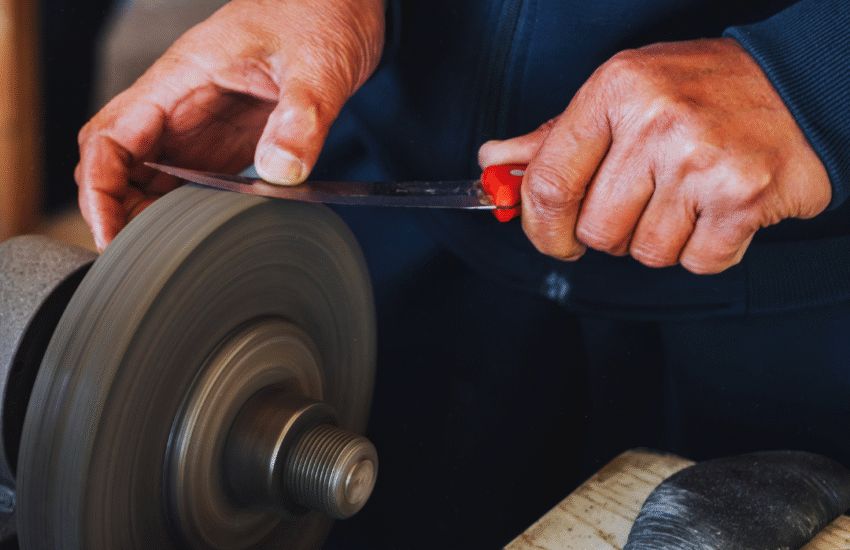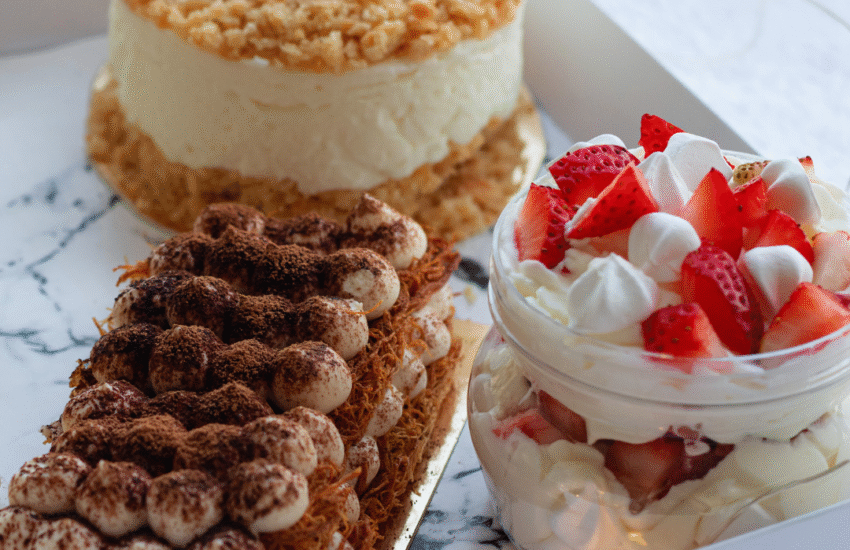Beginners Guide to The Basics of Cooking
Cooking is in our DNA. Humans are food creators, which has been part of our culture since the early days – we like to share, taste, and see others eat. Food is one of the first things humans learn to control through fire and experimentation. Still, there is always something new to learn about the culinary world. In this article, we will cover the basics of the standard cooking techniques that people use, from novice to expert.
Get the Right Kitchen Tools
If we’re looking to get into the kitchen and cook delicious meals, the first thing needed is some good equipment and utensils. Here are a few things that will help get us started:
- A cutting board is essential for cutting meats and vegetables. Make sure that we buy one that is durable and has a non-slip surface.
- A good knife is essential for a beginner or an experienced cook. Look for one with a sharp blade and a comfortable grip.
- A stovetop or an oven is the most common cooking equipment. A stovetop requires gas or an electric burner. At the same time, a range needs heat from either a broiler or an oven element.
- Pots and pans can be used for many different types of cooking, so it’s essential to pick ones that fit our needs. Ensure they’re sturdy and have fitting lids, so they don’t come off while cooking.
That being said, keep in mind that modelling your kitchen after the best kitchens in the UK or elsewhere can not only ease the cooking process but also incentivize you to actually use the space. You’d be surprised by how much the environment in which you cook can impact the outcome. Taking care to carefully set up the space is therefore an essential part of your cooking journey.
Get the Right Ingredients and Condiments
In order to cook a good meal, we need the right ingredients and condiments. Here are some tips on what to get and how to use them:
- Get fresh ingredients. The fresher, the better because they will be more flavorful.
- Condiments can make or break a dish. Use them judiciously to enhance the flavour of the food without overpowering it.
- Balance flavours. Experiment with different combinations of spices and herbs to create flavours that work well together.
- Make sure the ingredients are adequately prepared before cooking them. This includes washing and cutting vegetables properly, removing skin from poultry or meat, and pounding hard cheeses into a smooth consistency, so they don’t form lumps when cooking.
Set Up the Cooking Area
When establishing an efficient kitchen, meticulous planning and organization play pivotal roles. Commence the process by carefully selecting an area that strikes a harmonious balance between spaciousness and practicality, ensuring it accommodates all essential cooking equipment without overwhelming the space. Adequate lighting emerges as a critical element, contributing to a functional kitchen by ensuring clarity and visibility during meal preparation. The inclusion of essential appliances, like a thoughtfully chosen range hood, becomes instrumental not only for proper ventilation but also for maintaining a pristine and pleasant cooking environment.
Furthermore, setting up Laminate Worktops From Kitchen Worktops Online or similar firms can provide a durable and visually appealing surface for food preparation. These laminate worktops can offer versatility, easy maintenance, and a wide range of designs to suit various kitchen styles. Additionally, investing in quality cookware, utensils, and storage solutions can streamline cooking processes and enhance efficiency. By carefully curating the cooking area with attention to detail and functionality, you can create a space that inspires culinary creativity and makes meal preparation a seamless and enjoyable experience.
As part of the planning, it is crucial to calculate cfm (Cubic Feet per Minute). This is an essential step in ensuring effective ventilation. This metric helps determine the airflow capacity required for the range hood to efficiently remove cooking byproducts such as smoke and odors. This consideration is integral for promoting healthier indoor air quality and aligns with the broader goal of creating an optimal cooking space.
Continuing with the setup, assembling all necessary cooking supplies-pots, pans, utensils, and spices-is paramount. A comprehensive list streamlines the process, eliminating the need for frantic searches while cooking. The logical organization further enhances accessibility; for instance, arranging pots and pans on one side of the stovetop and utensils on another ensures that everything is within easy reach, minimizing clutter on the counters and promoting an efficient workflow. By integrating the calculation of CFM into the planning process, you can create a well-lit, well-equipped, and meticulously organized kitchen that not only facilitates seamless cooking but also prioritizes ventilation and air quality.
The Art of Cooking
The first step in cooking any dish is preparing the ingredients. This includes selecting the right food and ingredients, washing them if necessary, and cutting them into the correct shape. Once the ingredients are ready, we need to heat our cooking medium or sauce. This can be done by boiling water or using a stovetop burner.
Once our cooking medium is heated, it’s time to start our food-making process. The best way to do this is by following recipes found on the Internet (find the Best Recipes on ThatWasFresh) or in cookbooks. If we’re new to cooking, it’s better to read through the recipe before starting. This can help us learn about the ingredients and steps required during the cooking session.
Master the Basics of Cooking to Become the Next Masterchef
There are many different ways to cook food; the best way to learn is by trying other techniques and recipes. Many cooking programs are available on television and online, and it is also a good idea to read cookbooks. Once we grasp the basics of cooking, it is time to get creative! Use our imagination and experiment with different spices and flavours to create unique dishes. Be sure to record our recipes so we can revisit them later and improve upon them if desired. Overall, cooking is a great way to enjoy our food and ensure it is healthy. Let us enjoy our meals- cooking should be an enjoyable experience!



